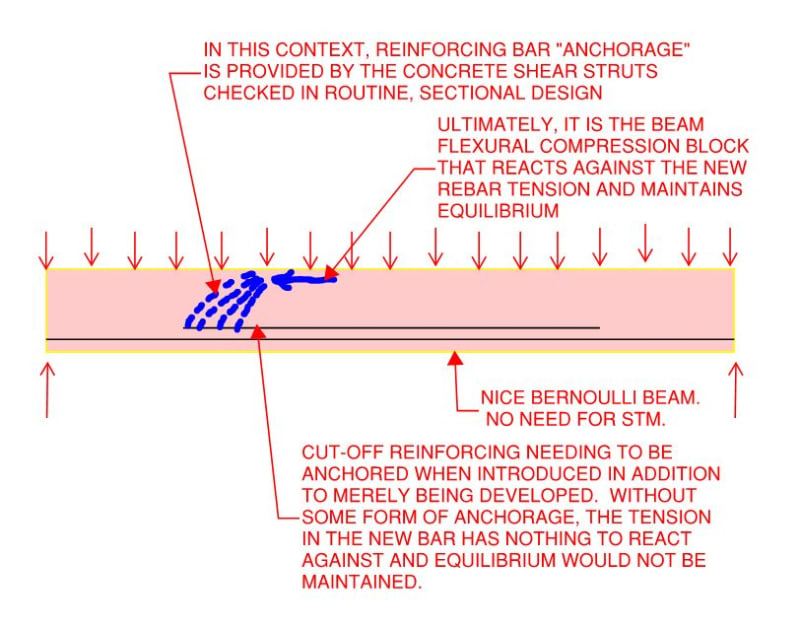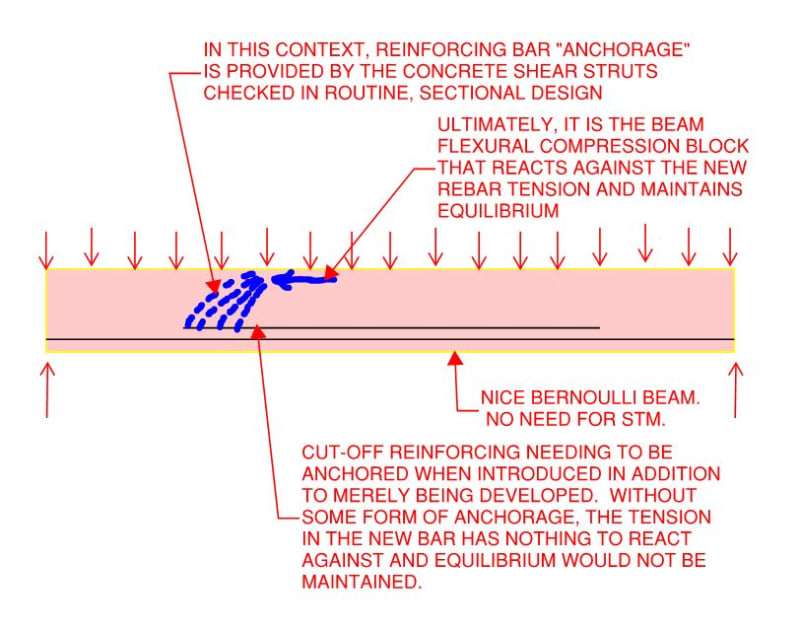asiga
Structural
- Sep 23, 2017
- 24
Coming from Europe, I'm very used to the term "anchorage length" (and in fact I've never seen it called "development length" in my day to day environment). Now, reading some RC books published in the US, I see they tend to prefer "development length" (and... doing an Internet search, I even found some posts arguing they are different concepts --I assume they are wrong, in fact their argument doesn't make any sense).
Would "anchorage length" be understood in the US? Or would it sound weird?
Do you in the US use "anchorage" just for the concept, but not for the length used in design?
Thanks!
Would "anchorage length" be understood in the US? Or would it sound weird?
Do you in the US use "anchorage" just for the concept, but not for the length used in design?
Thanks!



